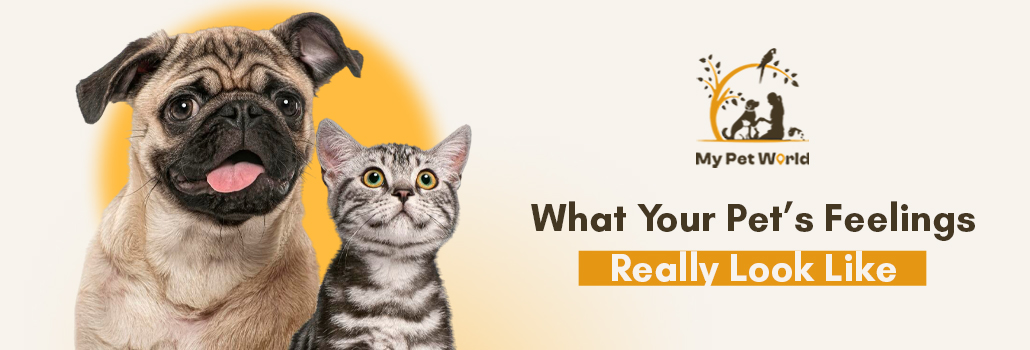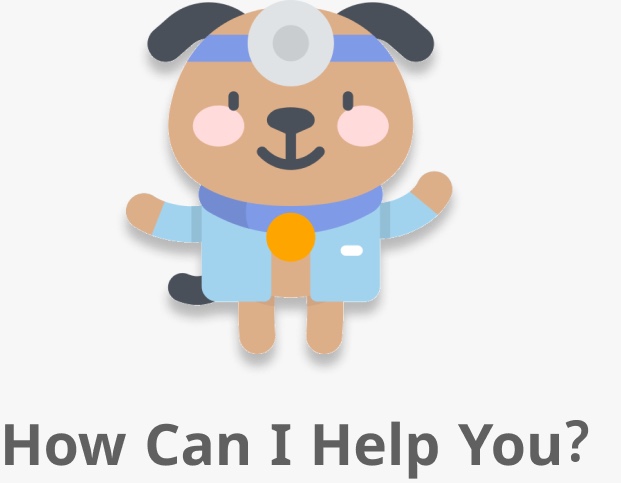Pets are much more emotionally complex than many people realize. For decades, scientists believed animals operated primarily on instinct, but modern research shows that dogs and cats experience a wide range of emotions from joy and affection to anxiety and jealousy.
Understanding these feelings is not only fascinating but also essential for improving the lives of our furry companions.
💬 How Pets React Emotionally?
Just like humans, pets react to their environment, social interactions, and even subtle cues from their owners.
🐕 Dogs are highly attuned to human emotions and can sense when their owners are sad, anxious, or happy.
🐈 Cats, though more independent, also express emotions through body language, vocalizations, and behavior.
🐈 Cats, though more independent, also express emotions through body language, vocalizations, and behavior.
Recognizing these signs can deepen the bond between pet and owner, reduce behavioral problems, and enhance overall wellbeing. 💖
🧠 The Science Behind Pet Emotions
Researchers studying animal behavior have found compelling evidence that pets experience emotions similar to humans.
🐶 Dogs have a limbic system the brain’s emotional center that closely mirrors ours. This explains why dogs can feel joy, fear, jealousy, and even empathy. Studies show that dogs release oxytocin, the “love hormone,” when interacting with their humans which is a sign of true emotional connection.
🐱 Cats, while more subtle, also show emotional depth. They form strong attachments to their caregivers and react to environmental stress or comfort.
Watch for purring, kneading, tail position, and ear movement, these subtle signs tell you exactly how your cat feels.
Watch for purring, kneading, tail position, and ear movement, these subtle signs tell you exactly how your cat feels.
❤️ Common Emotional States in Pets:
🥰 Happiness and Joy
Dogs wag their tails, jump excitedly, or bring toys to their owners.
- Cats purr, knead, and rub affectionately against you.
These are clear signals that your pet feels safe, loved, and content.
😨 Fear and Anxiety
Dogs may bark excessively, tremble, or pace.
- Cats may hide, refuse to eat, or overgroom.
Common triggers include loud noises, new environments, or unfamiliar people.
Recognizing these signs early prevents chronic stress and behavior issues. - 😾 Jealousy and Possessiveness
Studies show dogs can act jealous when their owners give attention to another pet (or even a human!). Cats, too, can show territorial or possessive behavior.
Knowing this helps you manage interactions and maintain harmony at home.
Knowing this helps you manage interactions and maintain harmony at home.
🤗 Empathy and Comfort
Many pets can sense human distress and react with care.
Dogs may cuddle, nuzzle, or stay close.
- Cats may quietly sit nearby or gently paw at you.
These gestures reveal their incredible capacity for empathy. 💞
🏡 How to Support Your Pet’s Emotional Health
Creating a safe, nurturing environment is key to emotional balance. Here’s how:
✅ Establish a routine: pets feel secure with consistency.
✅ Encourage play and physical activity to release energy and stress.
✅ Use positive reinforcement instead of punishment.
✅ Provide mental stimulation like puzzle toys, training, or new experiences.
✅ Give them personal space when they seek alone time.
✅ Encourage play and physical activity to release energy and stress.
✅ Use positive reinforcement instead of punishment.
✅ Provide mental stimulation like puzzle toys, training, or new experiences.
✅ Give them personal space when they seek alone time.
🧩 Mental stimulation is just as vital as exercise.
For cats: climbing towers, window perches, and interactive toys.
For dogs: walks, scent games, and short training sessions.
For cats: climbing towers, window perches, and interactive toys.
For dogs: walks, scent games, and short training sessions.
🥕 Nutrition matters too.
A balanced diet supports energy, mood, and long-term emotional well-being. Avoid feeding inappropriate human foods or excessive treats, which can affect behavior and health.
A balanced diet supports energy, mood, and long-term emotional well-being. Avoid feeding inappropriate human foods or excessive treats, which can affect behavior and health.
FAQs About Pet Emotions
Q: Can my cat or dog really feel love?
Yes! Pets form deep attachments with their humans and show affection through trust-based behaviors.
Yes! Pets form deep attachments with their humans and show affection through trust-based behaviors.
Q: How can I tell if my pet is stressed or anxious?
Look for hiding, pacing, loss of appetite, excessive licking, or aggression.
Look for hiding, pacing, loss of appetite, excessive licking, or aggression.
Q: Are some pets more emotional than others?
Yes..personality, breed, and early socialization all influence emotional expression. But all pets experience feelings in their own way.
Yes..personality, breed, and early socialization all influence emotional expression. But all pets experience feelings in their own way.
🌟 Practical Tips to Strengthen Your Emotional Bond:
- Spend quality time daily, like walks, play, or cuddle sessions.
- Respond to body language cues like tail, ears, and sounds.
- Offer praise and affection frequently.
- Keep routines consistent and comforting.
- Create enriching experiences and introduce new challenges.
💌 Final Thoughts
Understanding and respecting your pet’s emotions doesn’t just strengthen your bond; it enhances their happiness and health. Pets communicate through gestures, sounds, and behaviors; learning to interpret them is one of the greatest joys of pet parenthood. 🐕🐈
💚 Strengthen your bond with your furry friend and discover expert tools, tips, and trusted products on the My Pet World App.
From calming toys to enrichment activities, everything your cat or dog needs for a happy, emotionally balanced life is just a tap away!





